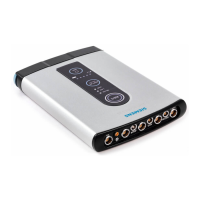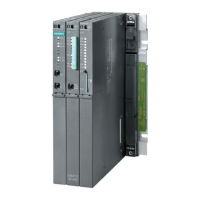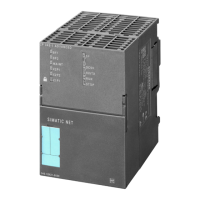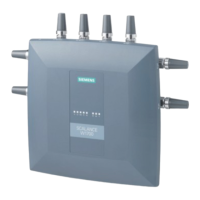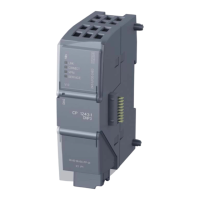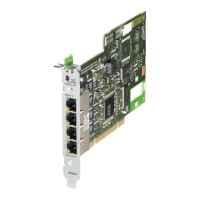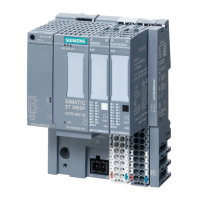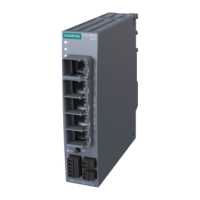Basics of communication with Industrial Ethernet
1.6 Industrial Wireless Control
Industrial Ethernet
System Manual, 09/2019, C79000-G8976-C242-10
69
Enhanced Mobile Broadband (eMBB)
This 5G function will be available right from the start, because the highest possible data
transfer rate is the main demand for public mobile wireless networks. The typical application
for this scenario is HD streaming of music and videos. 5G should fulfil the following
requirements:
Gbps (downlink)
Gbps (uplink)
Effective data rate across the coverage area
Total traffic across the coverage area
2
Throughput per wireless bandwidth unit and per wire-
less cell
to 4 x 4G
eceived data per energy consumption unit
Massive Machine-Type Communication (mMTC)
A typical feature of this scenario is the presence of a very high number of units, which do
not, however, send or receive continuously. In practice, these are, for example, applications
for the Internet. 5G should fulfil the following requirement:
Total number of devices per unit area
6
2
Ultra-reliable low-latency communications (URLLC)
The requirement of high reliability and minimum latency times has to be fulfilled for a large
number of industrial applications. This applies especially when movements are controlled
and coordinated ("Motion Control"): Robot, autonomous logistics, automated guided vehicles
(AGV). 5G should fulfil the following requirements:
Maximum delay through the wireless network
for rotation and quality of service re-
km/h
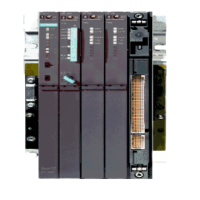
